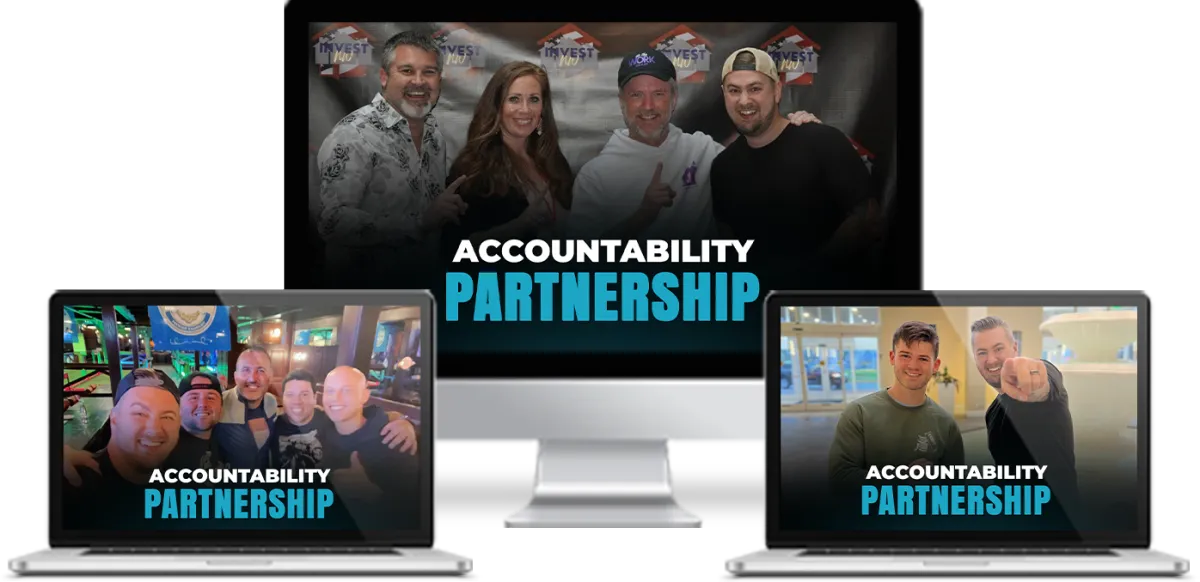
Building a profitable real estate portfolio is a smart way to secure your financial future. Real estate investments can provide steady income, appreciate in value, and offer tax benefits. However, like any investment, success in real estate requires careful planning, research, and strategy. This guide will walk you through the essential steps to build a profitable real estate portfolio.
Define Your Investment Goals
The first step when you begin to build a profitable real estate portfolio is to define your investment goals. You need to know what you want to achieve with your real estate investments. Are you looking for steady rental income, long-term appreciation, or a combination of both? Your goals will determine the types of properties you should invest in and the strategies you should use.
Key Questions to Consider:
- What is your desired return on investment (ROI)?
- How much risk are you willing to take?
- Are you interested in residential or commercial properties?
- What is your investment timeframe?
Research the Market
Collecting complete information of the real estate market is paramount before making any decision. Conduct thorough research on different markets and neighborhoods to identify areas with high growth potential. Look for factors such as population growth, employment rates, and infrastructure development, which can indicate a strong market.
Tips for Market Research:
- Analyze historical property price trends.
- Study local economic indicators.
- Investigate future development plans in the area.
- Network with local real estate agents and investors.
Create a Financial Plan
A solid financial plan is essential before you start to build a profitable real estate portfolio. Determine your budget and financing options. Consider how much capital you can invest upfront and how much you may need to borrow. It’s also important to account for ongoing expenses such as property management fees, maintenance costs, and insurance.
Components of a Financial Plan:
- Budget: Outline your available capital and financing needs.
- Financing Options: Explore mortgage options, private loans, and partnerships.
- Expense Management: Plan for property-related expenses and set aside a contingency fund.
Diversify Your Portfolio
Diversification is a safe method to mitigate risk while maximizing returns. By investing in different types of properties and locations, you can spread your risk and reduce the impact of market fluctuations. Consider a mix of residential, commercial, and industrial properties, as well as investments in various geographic locations.
Diversification Strategies:
- Invest in both single-family homes and multi-family units.
- Explore opportunities in emerging markets and established cities.
Perform Due Diligence
Before purchasing any property, conduct thorough due diligence to ensure it meets your investment criteria. This involves inspecting the property, reviewing its financial performance, and assessing any potential risks. Due diligence helps you avoid costly mistakes and ensures you make informed decisions.
Due Diligence Checklist:
- Property Inspection: Take the help of a certified professional to evaluate the property’s condition to decide whether it is worth the investment.
- Financial Review: Analyze income statements, rent rolls, and expense reports.
- Legal Check: Ensure there are no legal issues or liens on the property.
- Market Analysis: Confirm the property’s value and potential for appreciation.
Develop a Property Management Strategy
Effective property management is crucial for maintaining the value of your investments and ensuring steady income. Decide whether you will manage the properties yourself or hire a professional property management company. Good property management involves tenant screening, regular maintenance, and efficient handling of repairs and emergencies.
Property Management Tips:
- Tenant Screening: Perform thorough background checks to find reliable tenants.
- Maintenance Schedule: Regularly inspect and maintain the property to prevent costly repairs.
- Communication: Maintain open communication with tenants to prevent all kinds of issues.
Leverage Technology
Technology can streamline many aspects of real estate investing, from property searches to management. Utilize online platforms to find investment opportunities, analyze market data, and manage your properties. Property management software can help you track income and expenses, communicate with tenants, and handle maintenance requests efficiently.
Useful Technologies for Real Estate Investors:
- Property Listing Websites: Sites like Zillow, Realtor.com, and Redfin for finding properties.
- Market Analysis Tools: Platforms like Mashvisor and Roofstock for market data and analysis.
- Property Management Software: Tools like Buildium and AppFolio for managing properties.
Monitor and Adjust Your Portfolio
When you build a profitable real estate portfolio, you need to understand that it is an ongoing process. Regularly review your investments to ensure they align with your goals and make adjustments as needed. Keep an eye on market trends and be prepared to sell underperforming properties or reinvest profits into higher-yield opportunities.
Monitoring Strategies:
- Performance Review: Track the financial performance of each property.
- Market Updates: Stay informed about market changes and economic indicators.
- Portfolio Adjustment: Rebalance your portfolio to maintain diversification and optimize returns.
Seek Professional Advice
Real estate investing can be complex, and seeking professional advice can be invaluable. Consider working with a real estate advisor, financial planner, or tax professional to help you navigate the complexities of building a profitable portfolio. Professionals can provide insights, help you avoid common pitfalls, and ensure your investments align with your long-term goals.
Benefits of Professional Advice:
- Expert Insights: Gain access to market expertise and investment strategies.
- Risk Management: Receive guidance on mitigating risks and protecting your investments.
- Tax Planning: Optimize your investments for tax efficiency and compliance.
Conclusion
You have to plan and research carefully before you begin to build a profitable real estate portfolio. By defining your goals, diversifying your investments, and leveraging technology, you can create a robust portfolio that provides steady income and long-term appreciation. Remember to perform due diligence, develop a solid property management strategy, and seek professional advice to navigate the complexities of real estate investing. With the right approach, you can achieve financial security and build a successful real estate portfolio.